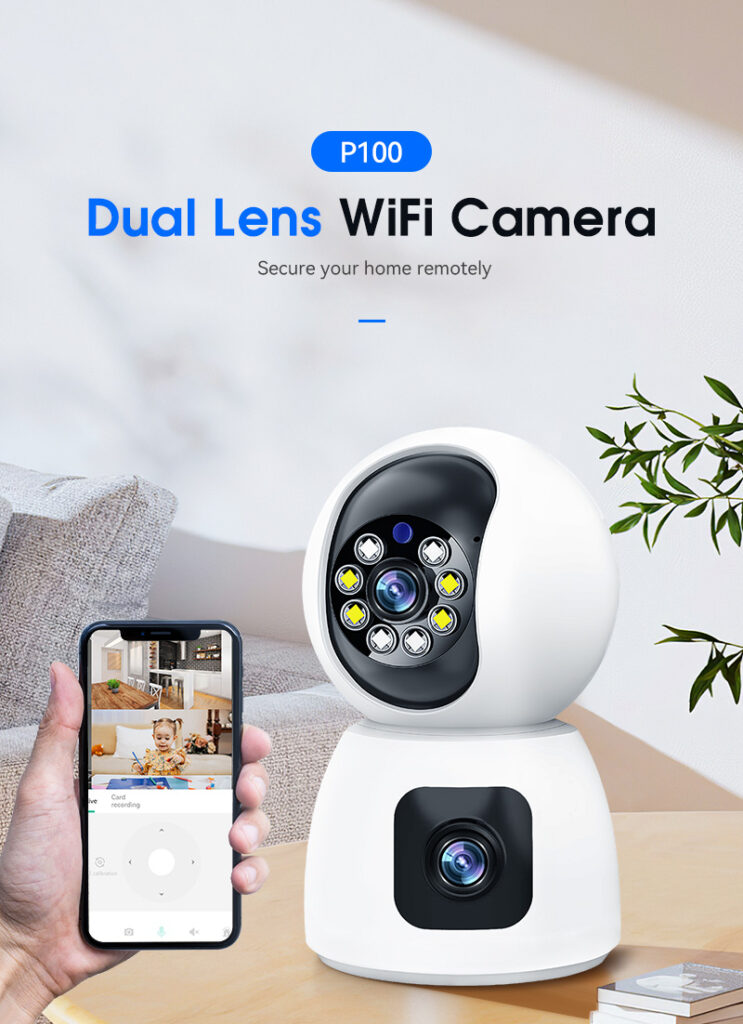In this comprehensive guide, we will provide you with a detailed step-by-step process to successfully set up a WiFi camera for your home security needs. Whether you are looking to enhance your home security or keep an eye on your loved ones, this guide is designed to help you master the installation and configuration of indoor WiFi cameras. With a focus on technical precision and a formal tone, we will cover everything you need to know to ensure a seamless and effective home surveillance system. So, let’s dive into the world of WiFi cameras and take control of your home security.

Setting up a WiFi camera involves a sequence of steps:
- Confirming Camera Compatibility: Ensure the chosen surveillance camera supports a WiFi connection, typically specified in the product manual or specifications. The most common support is 2.4GHz WiFi Network
- Camera Installation: Follow the guidelines in the product manual to complete the physical installation of the surveillance camera.
- Power Supply Connection: Verify that the camera is correctly connected to the power supply. Note that some wireless cameras are battery-powered.
- Downloading the Mobile App: Wireless security cameras usually come with a dedicated mobile app. Download and install this app from your device’s app store.
- Connecting to the WiFi Network: Open the installed mobile app and follow the instructions to connect the camera to your WiFi network, typically requiring the network name and password.
- Configuring Camera Settings: Within the app, adjust the camera settings to your preference, such as video quality, motion detection settings, etc.
- Testing the Connection: Lastly, test the connection by ensuring the camera can upload video streams and allow remote monitoring via the mobile app.
We have a specific wifi panorama camera setup instruction by using Anywii’s dual lens model P221A, you can according it to setup your own wifi camera.
Safety Tips:
Strong Passwords: Always set robust and unique passwords for your WiFi network and security cameras to prevent hacking.
Regular Software Updates: Make it a habit to frequently check and update the firmware of your cameras and routers, as manufacturers often release updates to address known security vulnerabilities.
Network Encryption: Ensure your WiFi network utilizes WPA3 or, at the very least, WPA2 encryption to effectively safeguard against unauthorized access.
Device Access Restriction: Where possible, implement device-level access controls to permit only specific devices to access your security cameras.
Avoid Public WiFi: Refrain from accessing your security cameras on public or unsecured WiFi networks to protect your data and privacy.
Secure Data Storage: If your camera supports local or cloud storage, confirm that your storage solution is secure. For cloud storage, opt for providers known for their strong encryption and security policies.
In conclusion, by connecting security cameras produced by experienced wifi camera manufacturer to a WiFi network, homeowners can enjoy the convenience, flexibility, and enhanced functionality of their surveillance systems. With the implementation of simple steps and measures, remote monitoring becomes easily achievable, offering a safer and smarter monitoring solution for residential properties. Embracing this technology empowers homeowners to maintain a watchful eye over their homes, ensuring peace of mind and a heightened sense of security.

